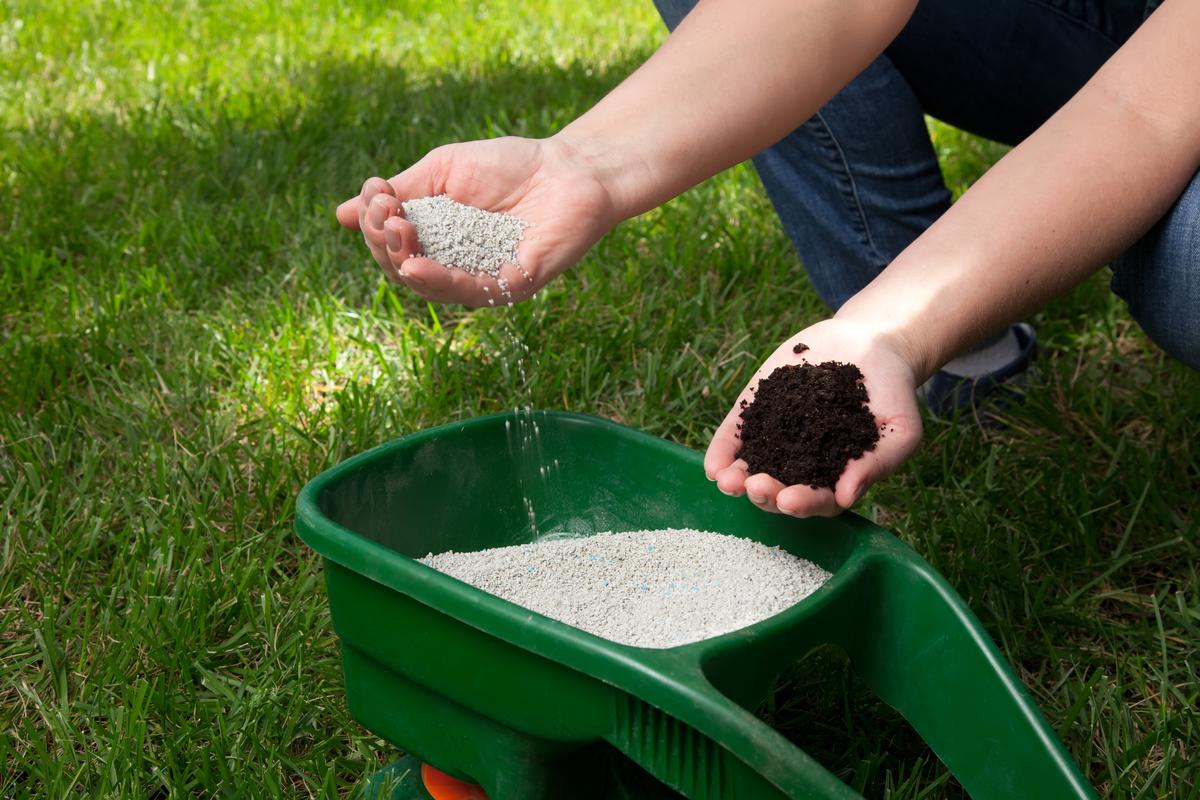A well-fertilized lawn is key to maintaining a lush, green, and healthy yard that can be enjoyed by the whole family. Fertilization provides essential nutrients that grass needs to thrive, and the right tools and materials can make the process simple and effective. In this article, we'll explore the essential materials and equipment needed for successful lawn fertilization.
Selecting the Right Fertilizer: Synthetic or Organic
The first step in fertilizing your lawn is choosing the right fertilizer. There are two primary types: synthetic and organic. Synthetic fertilizers are chemically formulated to provide a quick-release of nutrients, while organic fertilizers release nutrients more slowly and improve soil structure. Your choice will depend on your personal preference, lawn needs, and environmental concerns.
Spreading Methods: Broadcast Spreader, Drop Spreader, or Handheld Spreader
To evenly distribute the fertilizer across your lawn, you'll need a suitable spreader. There are three main types:
Broadcast Spreader
Also known as a rotary spreader, this tool has a spinning disc that disperses the fertilizer in a wide, even pattern. It's ideal for larger lawns or those with irregular shapes.
Drop Spreader
This spreader drops the fertilizer directly beneath it in a straight line, allowing for precise application. It's best for small, rectangular lawns.
Handheld Spreader
This smaller device is perfect for spot treatments or very small lawns. It can be operated with one hand while you walk across the lawn.
Soil Testing: Determine Your Lawn's Nutrient Needs
Before applying any fertilizer, it's a good idea to test your soil to determine its nutrient levels and pH. Soil test kits are available at most garden centers or online, and will provide you with the information needed to choose the appropriate fertilizer for your lawn's specific needs.
Safety Gear: Gloves, Long Pants, and Closed-Toe Shoes
When handling and applying fertilizer, it's essential to wear appropriate safety gear. Gloves protect your hands from potential skin irritation, while long pants and closed-toe shoes minimize skin contact with the fertilizer.
Post-Fertilization Care: Watering and Monitoring
After applying the fertilizer, be sure to water your lawn thoroughly to help the nutrients penetrate the soil and reach the grass roots. Continue to monitor your lawn's health and appearance in the weeks following fertilization to ensure the nutrients are being absorbed properly.
Achieve a Vibrant Lawn with Proper Fertilization
By selecting the right fertilizer, using the appropriate spreader, and following proper safety and post-fertilization care, you can give your lawn the nutrients it needs to thrive. A well-fertilized lawn is not only visually appealing but also more resistant to pests, diseases, and drought.






comments